Case Number : Case 2837- 21 May 2021 Posted By: Dr. Richard Carr
Please read the clinical history and view the images by clicking on them before you proffer your diagnosis.
Submitted Date :
M85. Medial canthus. >1 year history, 7 x 6mm nodule, keratotic centre. ?SCC

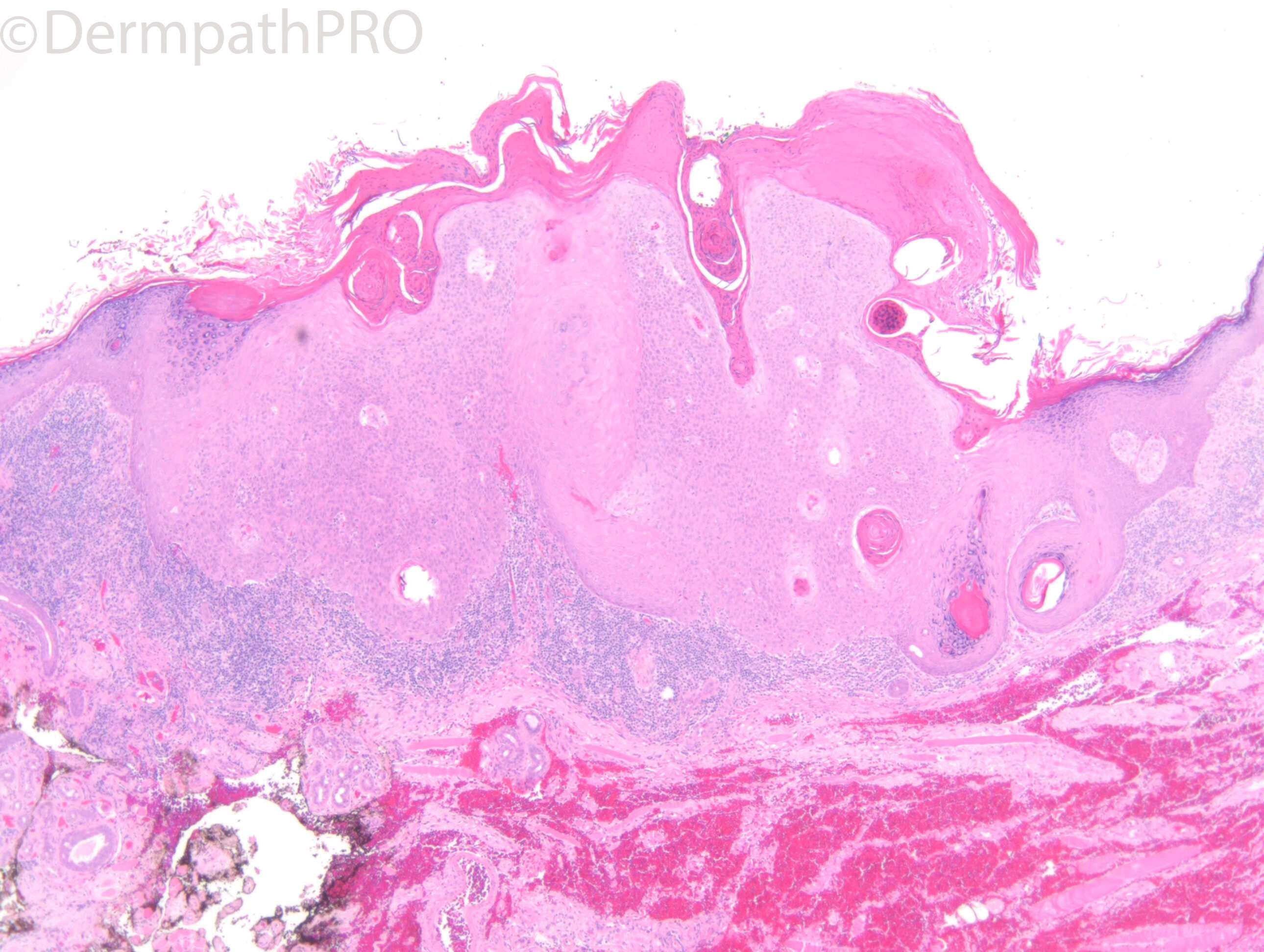
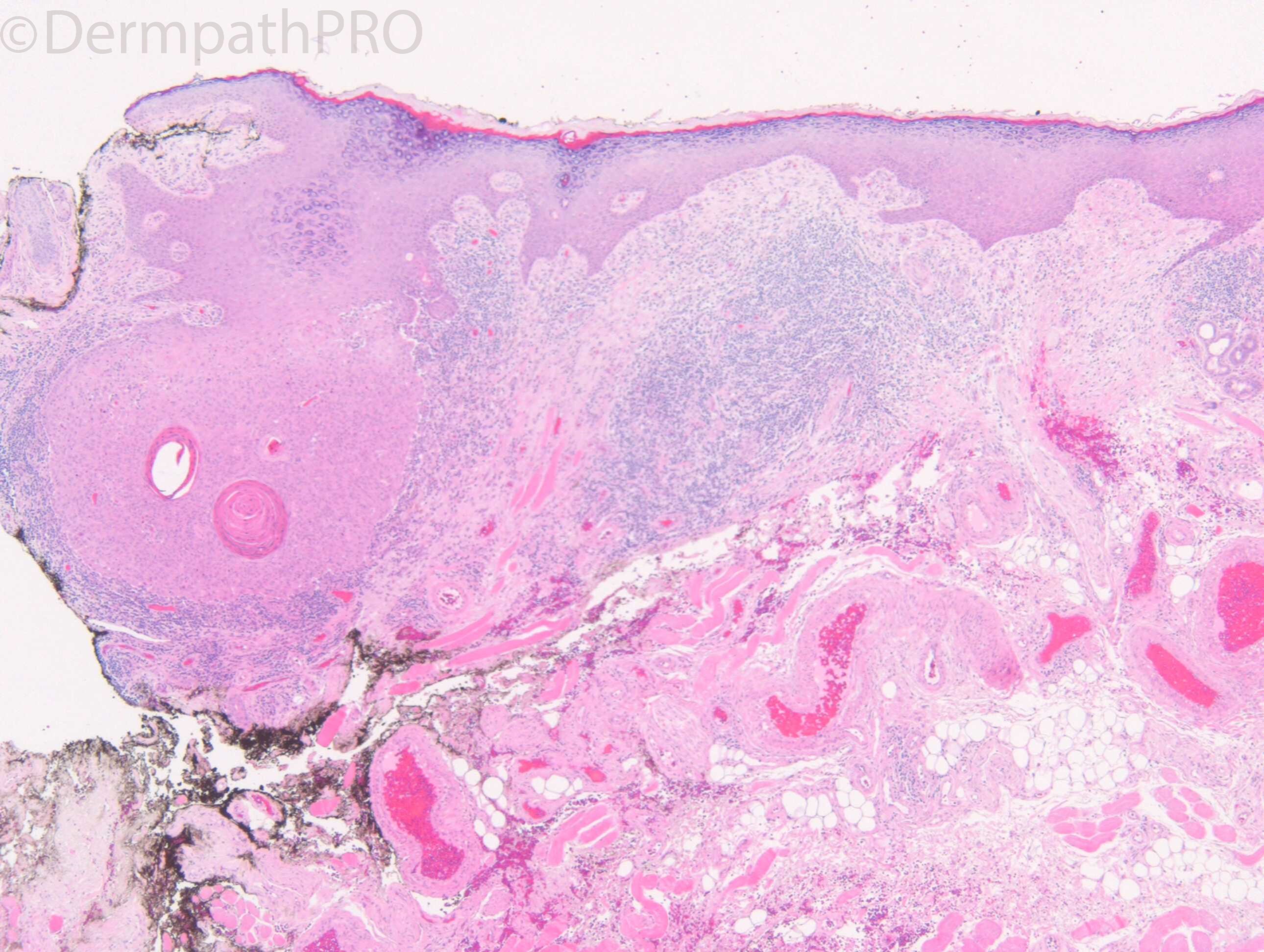


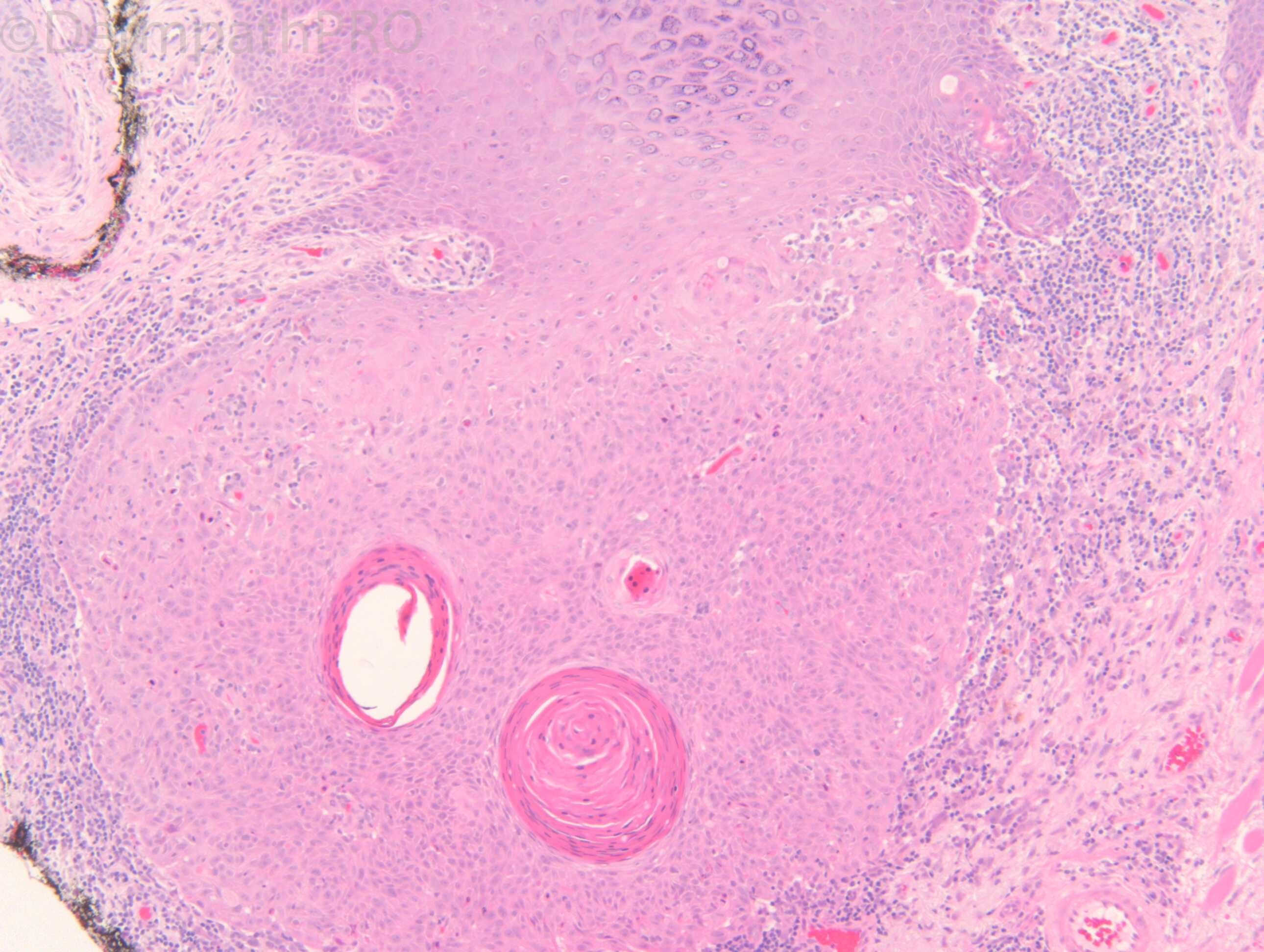
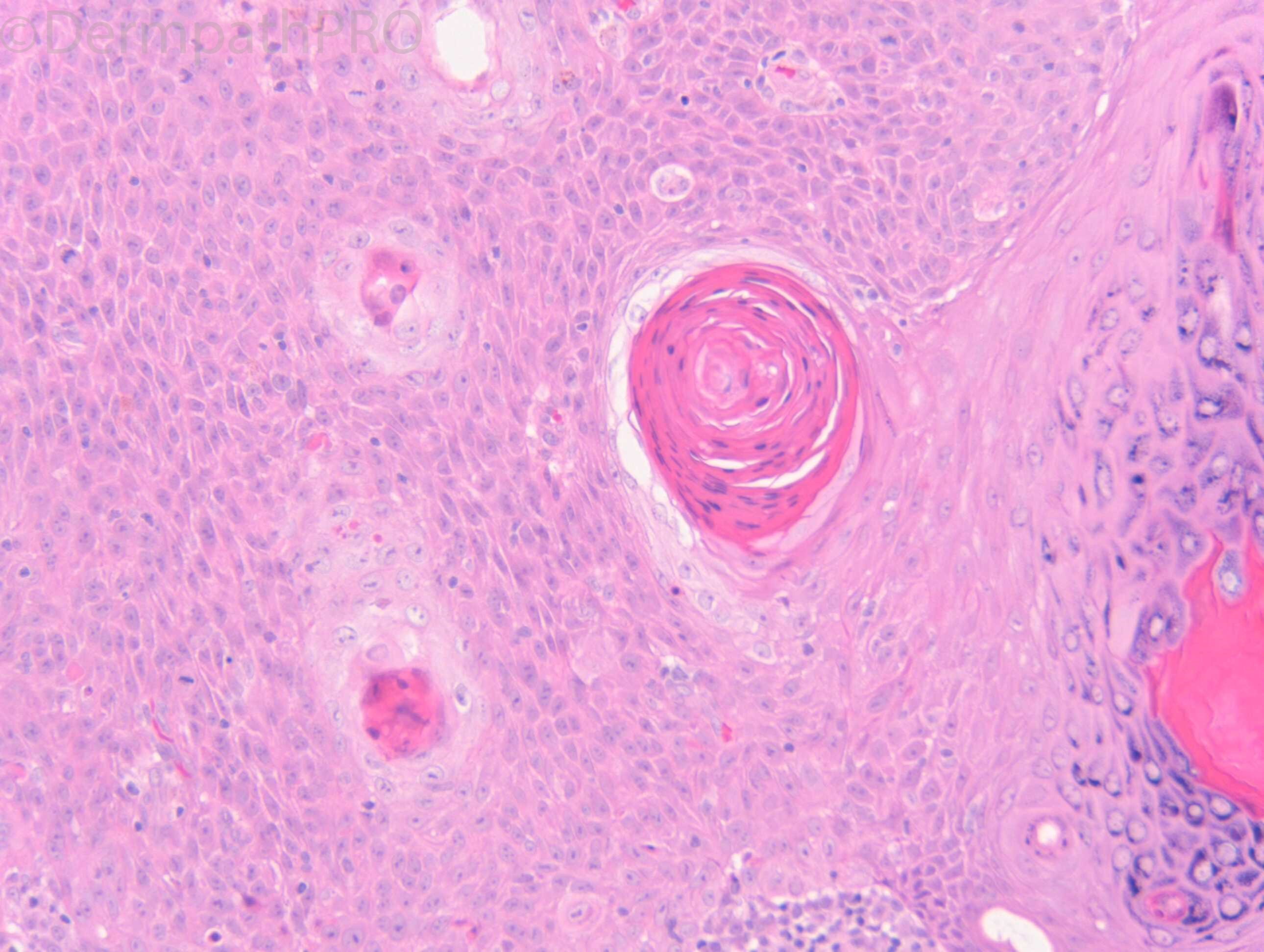
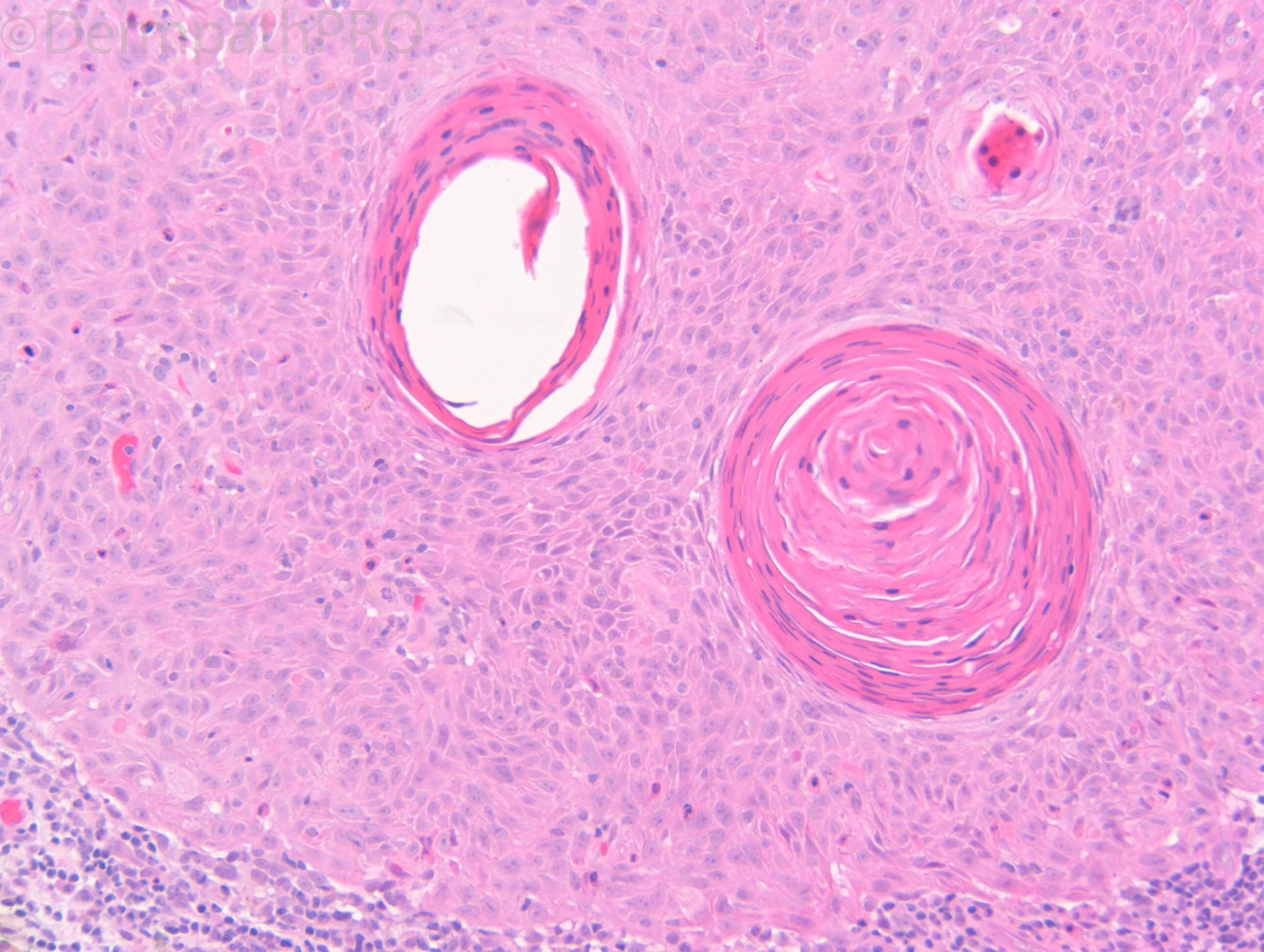
Join the conversation
You can post now and register later. If you have an account, sign in now to post with your account.